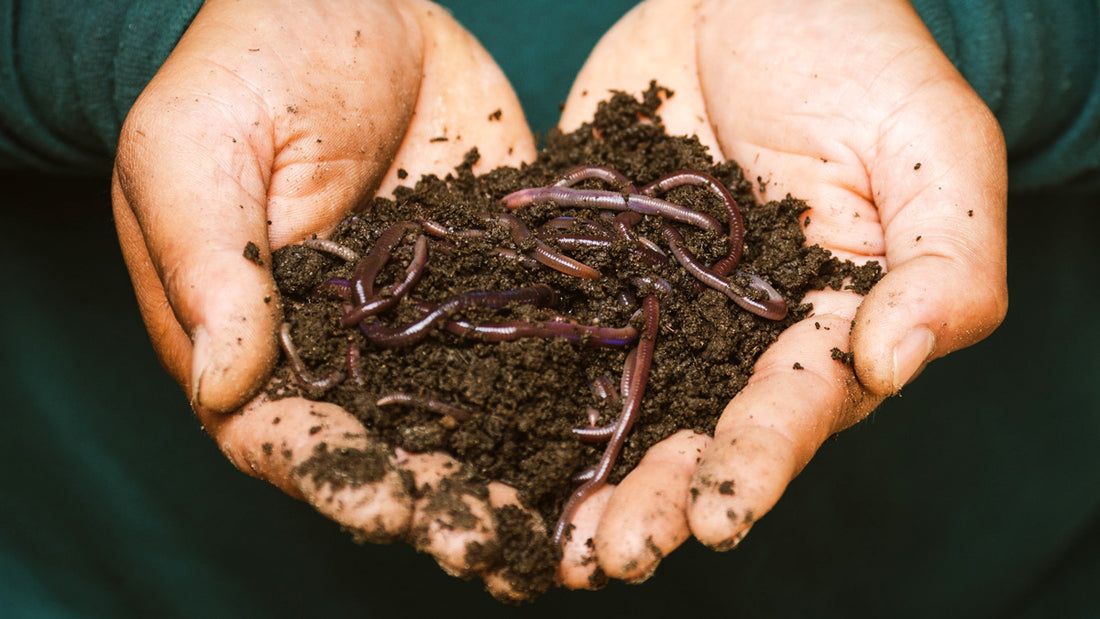We think making compost is fun! Basically you are simply returning organic matter back to the soil. There is no right or wrong way to make compost but there are certainly better and worse ways. Here is what we think the ideal compost pile would look like.
Into your composter (or on the ground if you are making a pile), put in a thick layer of leaves or straw or something airy and high in carbon. Add a good layer of grass clippings, kitchen scraps, weeds that have not gone to seed, coffee grounds or other organics high in nitrogen. Top with a small layer of old compost if possible, and a shovel-full of soil (worms need sand for their digestive system). Continue adding alternate layers of carbon-rich and nitrogen-rich materials. If you have access to seaweed, egg or oyster shells, manure (but not dog, cat or human) or even wool, shredded paper, wood ashes go ahead and add some.
If you have a compost thermometer, poke it in and watch it climb over the next few days. After it starts to cool, maybe in a week, turn the pile with a fork or aerating tool. This will usually cause it to heat up again. Keep it damp. If things are ideal, after about a month you will have usable compost. Often gardeners will turn this pile out and let it sit to cure but others will put it on the garden right away.
Of course most people do not have all the ingredients for the perfect pile all at once. It is a clever idea to collect leaves in the fall and store them near your composter to be at the ready.
Many people will have two or three composters on the go. The first is being added to, the second is processing and the third is being used by the garden. When the first is full, turn all the piles over to the next bin and start filling the first bin again. If you are using one Speedibin, we recommend that you use the Speedibin for the first chamber where scraps and waste are being added. That is where pests will be attracted and the metal composter will keep them at bay.
The most amazing aspect of composting is using it on your garden. We are constantly delighted by the size and health of tomatoes, the lush growth of salad greens, and the juiciness of raspberries. You just can’t buy that satisfaction.
We wish you a continual cornucopia of garden delights!

